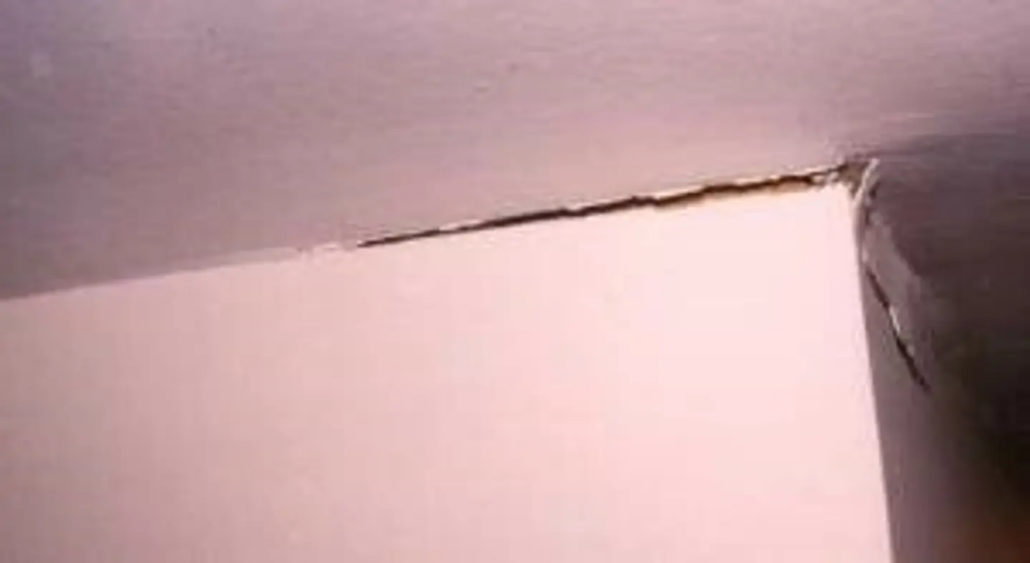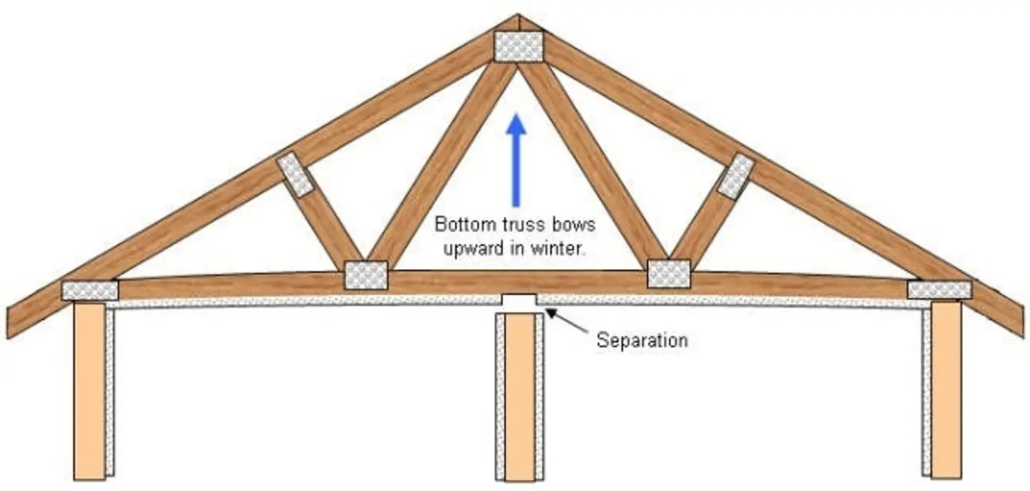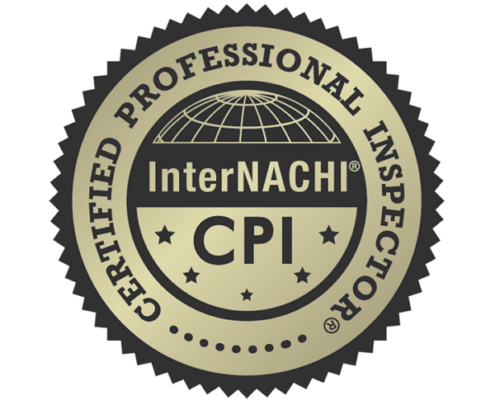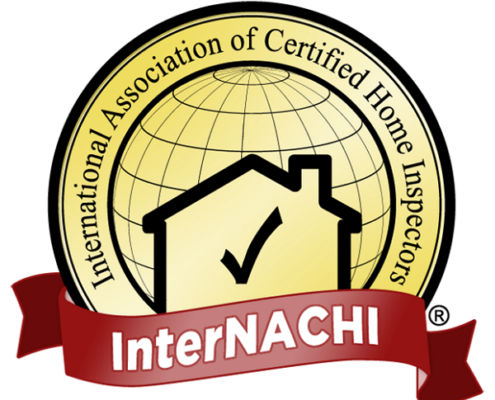Mitigating Truss Uplift Effects
To address the aesthetic impact of truss uplift, homeowners can implement flexible drywall techniques that allow the ceiling to move more freely without causing visible damage. Architectural design elements like crown molding or textured ceilings can also conceal slight movements and provide a visually appealing finish.
Long-term Benefits of Addressing Truss Uplift
Addressing truss uplift through practical solutions offers several long-term benefits. By ensuring proper ventilation and humidity control, homeowners can extend the lifespan of their truss system and prevent structural damage. Moreover, a well-maintained truss system contributes to better indoor air quality and increased energy efficiency.
Peace of Mind: Homeowner’s Perspective
Understanding the science behind truss uplift and taking proactive measures to address it can provide homeowners with peace of mind. By seeking professional assistance, staying informed about the phenomenon, and implementing practical solutions, homeowners can feel confident in the integrity of their home’s structure.
Truss uplift is a natural occurrence that affects many homes, but with the right knowledge and practical solutions, homeowners can alleviate concerns and enjoy peace of mind. By understanding the causes of truss uplift, identifying warning signs, and adopting preventive measures, homeowners can ensure the longevity of their home’s structural integrity and maintain a beautiful and secure living space. Consulting with professionals and taking proactive steps will empower homeowners to face truss uplift with practicality and achieve the peace of mind they deserve.








